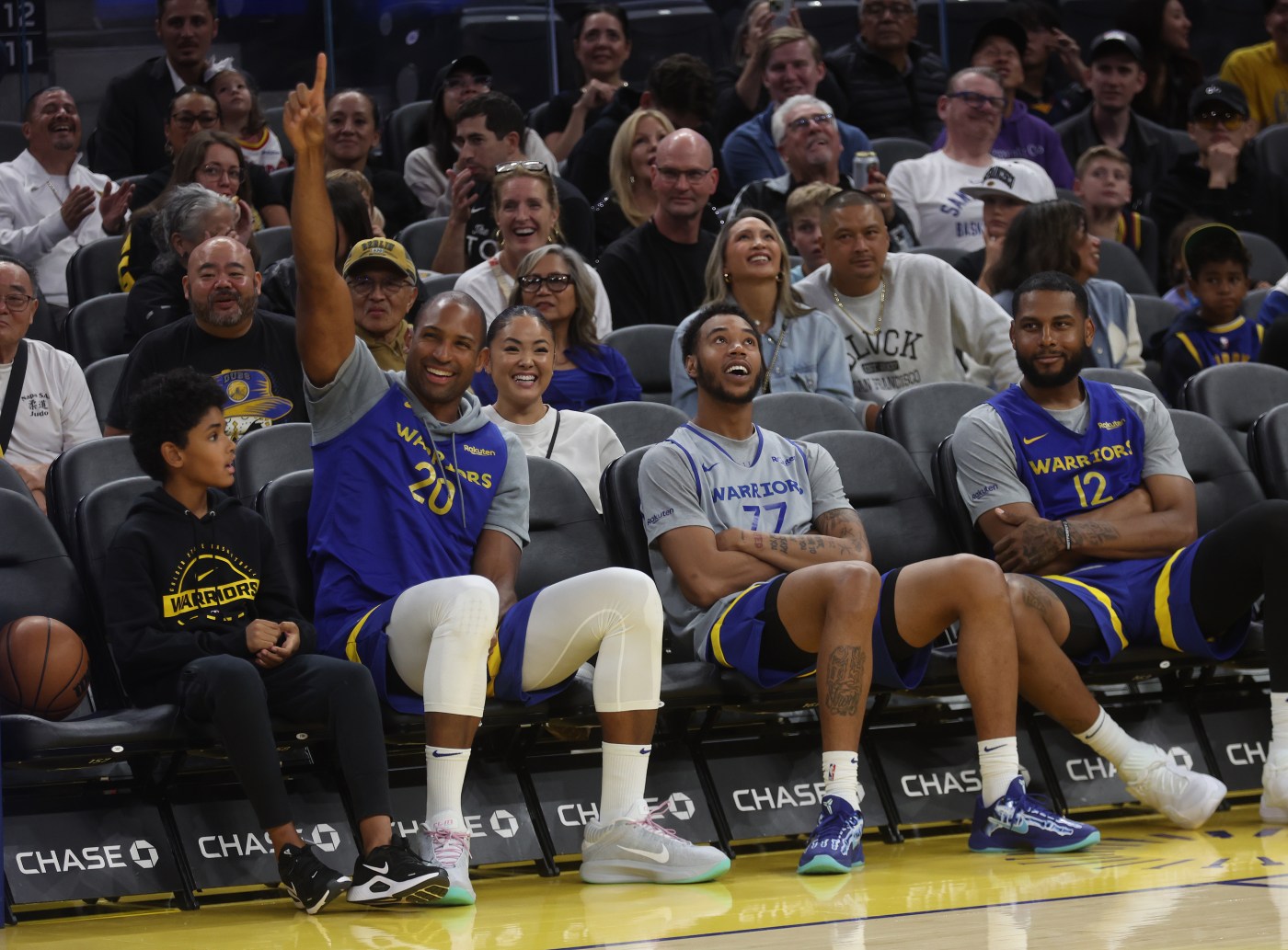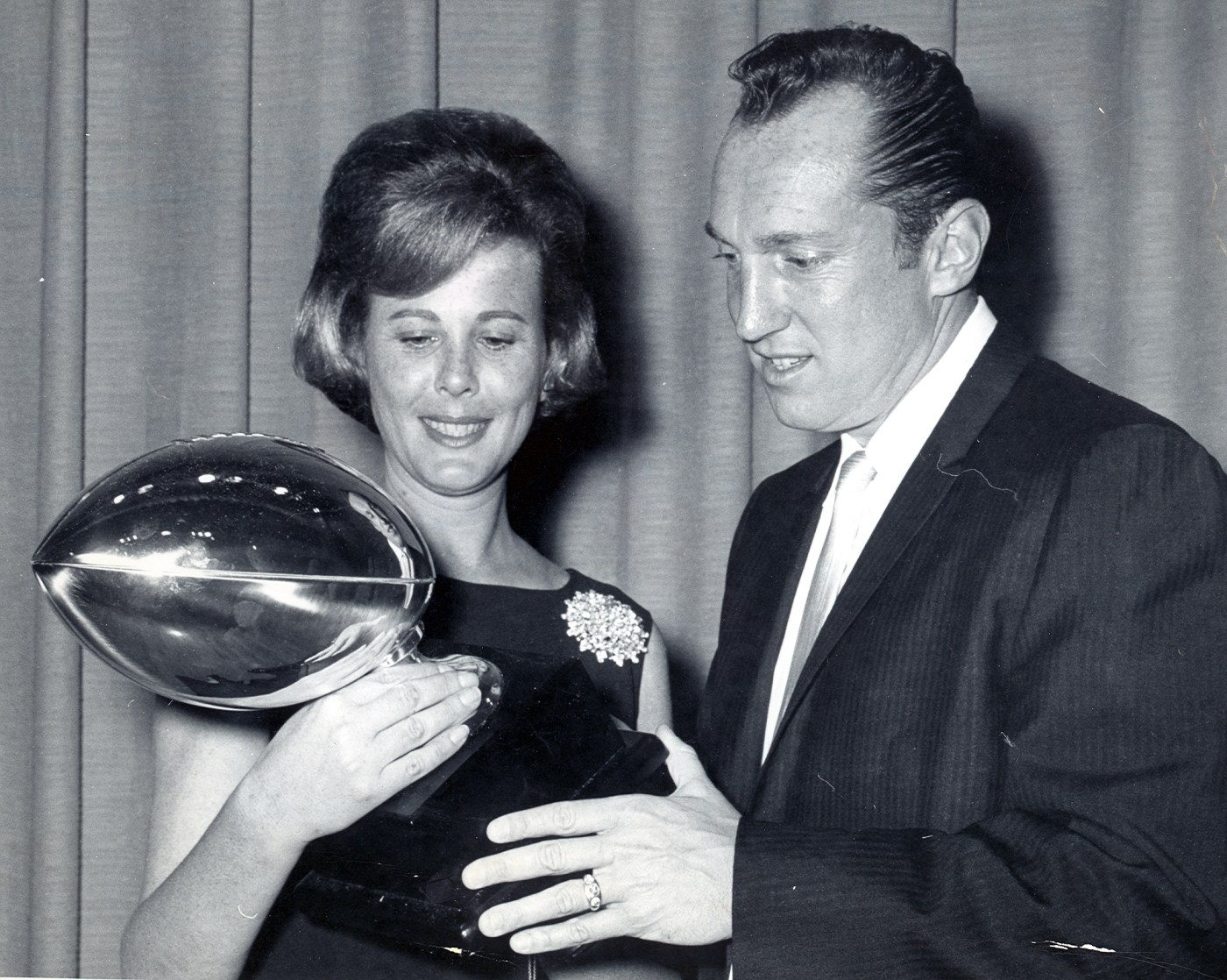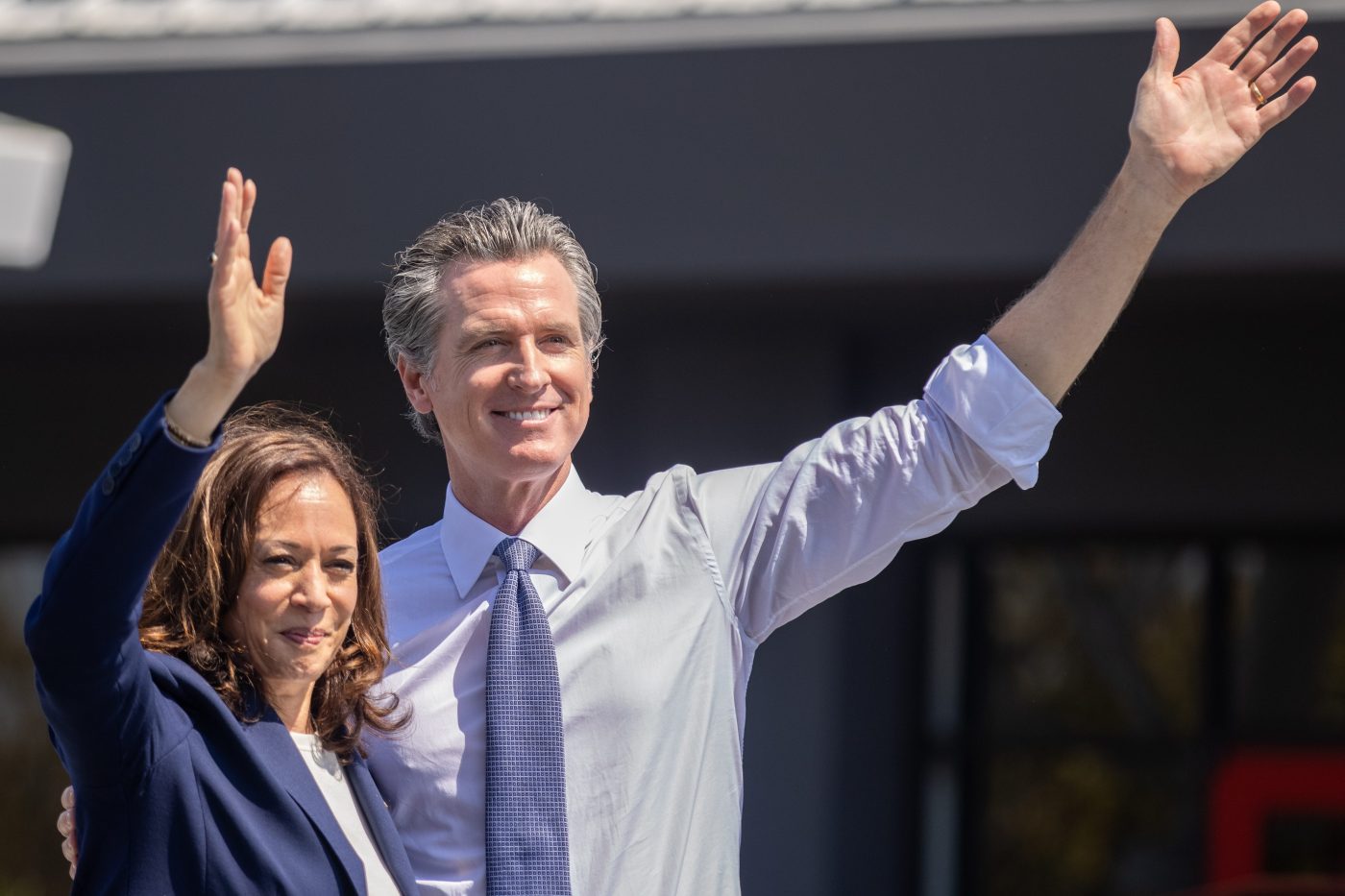The Hotline mailbag publishes weekly. Send questions to [email protected] and include ‘mailbag’ in the subject line. Or hit me on the social media platform X: @WilnerHotline
Some questions have been edited for clarity and brevity.
Which West Coast football games have piqued your interest for 2025? — @jimmy0726
The basketball season is behind us, the transfer portal and NIL insanity are in full bloom, the House lawsuit settlement is on hold and the Pac-12 media rights are not yet formalized.
All of which makes this a fine time to discuss the upcoming football season — yes, actual football — which is four-and-a-half months away by the calendar but a few days away in the imagination.
Before we detail five games that carry next-level interest on the Hotline, two quick points:
— None of the top West Coast teams are involved in marquee intersectional games over the Labor Day weekend. There is no 2025 version of Oregon-Georgia, Utah-Florida or USC-LSU.
In fact, the non-conference schedules for Pac-12 legacy schools are collectively underwhelming. The most intriguing is an intra-legacy matchup: Utah opens the season at UCLA. (We will be watching, but the scope of interest likely will be limited; neither team is expected to be ranked in the Associated Press preseason poll.)
— The Hotline identified the following games for a variety of reasons. Competitive value was part of the calculation, but so was the higher-level impact of the matchup.
Here we go.
Sept. 27: Oregon at Penn State. An easy call for competitive reasons. The Nittany Lions have a soft early-season schedule and could be No. 1 when Oregon arrives for a rematch of the Big Ten championship game. This will be the first high-pressure test for Ducks quarterback Dante Moore and should reveal plenty about their prospects for a return to the College Football Playoff. The Ducks don’t play Ohio State or Michigan in 2025. If they win in Happy Valley, an undefeated regular season comes into play.
Sept. 27: Ohio State at Washington. The fifth Saturday of the season is massive for the Big Ten with two of the West Coast teams in showdown with traditional powers. The duel in Seattle takes on added interest because the Buckeyes canceled a home-and-home series with UW months before the Huskies joined the Big Ten. (What was lost has, in this instance, been found.) How will quarterback Demond Williams respond to the moment? Can the Huskies hold their own at the line of scrimmage? The offensive and defensive lines have been an offseason priority for coach Jedd Fisch. He won’t have to wait long to grade the progress.
Oct. 4: Boise State at Notre Dame. The Broncos agreed to this one-off game last summer — Notre Dame won’t make a return trip to Boise — and will collect a small fortune for their efforts. (The reported guarantee: $1.35 million.) But beyond the financials, this marquee midseason matchup offers Boise State an A-level data point for its postseason resume. A quality performance in South Bend will provide rocket fuel comparable to what the Broncos received following their narrow loss at Oregon last September.
Oct. 18: Utah at Brigham Young. While both teams could be factors in the Big 12 race when they collide in Provo in Week 8, that isn’t the Hotline’s primary source of interest. Instead, we’re looking at the broader dynamics: The era of NIL and revenue sharing seemingly provides BYU, with its bottomless pockets, a substantial advantage over Utah both on the field and on the court. A victory by the Cougars, particularly a decisive victory, would offer more evidence of a shift in the Beehive State’s balance of power.
Nov. 28: Arizona at Arizona State. If all goes well for the Sun Devils, the regular-season finale will have significant Big 12 championship and CFP implications. And if all goes poorly for the Wildcats, this could very well be Brent Brennan’s final game. The second-year coach is under immense pressure to reverse Arizona’s regression. We don’t know how many games Brennan must win to save his job — athletic director Desiree Reed-Francois might not have a make-or-break number in her head — but we know he cannot afford a bad loss in Tempe.
Why do top football brands like USC and Florida State surrender their media rights to their conference? With so many media giants in the market, wouldn’t it be smarter for top brands to form a new conference where member schools are allowed to sign their own TV deals? — @TerryTerry79
The current structure of media rights deals can be traced to the mid-1980s, when the Supreme Court ruled in the NCAA v. Board of Regents of the University of Oklahoma that the schools could negotiate their own TV deals. From there came the process of granting rights to the conference, which would then seek and sign the media deals.
And back then, of course, there were just a handful of broadcast options.
Essentially, you are suggesting the top brands become Independents for media deals but create a conference for competitive and scheduling purposes.
The counterpoint is this: They would generate more in media revenue as part of a group than by negotiating individually.
Notre Dame is the only major brand with its own TV deal. While we don’t know the exact amount, published reports suggest the Irish collect $50 million annually from NBC. That is substantially less than Big Ten schools receive from Fox, CBS and NBC and roughly equivalent to the SEC’s deal with ESPN.
Pooling media rights with schools of similar value (think: NFL) is the most efficient path forward, which is one reason — one big reason — that a 32- to 48-team super league could be the most lucrative option for schools like USC and Florida State.
You often refer (and rightfully so) to TV viewership ratings when reporting on realignment. With all the tracking going on via computers and phones, are ratings more accurate these days than the old Nielsen ratings? — @AlWasser1
We won’t dive into the technical details, but the Nielsen ratings system has evolved in recent years to better capture what’s known as the out-of-home (OOH) audience.
To the extent that covers a random fan watching any particular game on his/her device while sitting in a coffee shop, we don’t know. But it certainly covers the sports bars.
Here is some information from Nielsen itself, published earlier this year:
“The OOH viewing audience is critical for sports and live event programming, as communal viewing in homes, bars, restaurants and hotels across the country is especially prevalent for marquee sports events. Nielsen is the only measurement provider positioned to accurately deliver both in and out of home measurement for live programming.”
Improvements in OOH audience measurement are one reason for increases in ratings for certain events.
For example, the NCAA Men’s Tournament did well in the ratings game, with the Final Four showing a 21 percent year-over-year increase. The quartet of No. 1 seeds undoubtedly contributed, but some of the increase could be connected to more sophisticated OOH measurements.
What’s the timeline for a Pac-12 media deal? — @TonyOnly_
If the negotiations were focused on 2026 and beyond, the conference could take its sweet time and sign a deal sometime this summer. Remember, the Big Ten finalized its media rights agreement in Aug. 2022, just 10 months before the start of the contract term.
But Washington State and Oregon State need a media partner for their football programs in the 2025 season, which adds some urgency to the matter. (The conference would prefer to negotiate a single deal that includes a carve-out for the unusual situation this fall, rather than signing two distinct agreements: one for 2025, the other for 2026 and beyond.)
As a result, the Hotline anticipates a resolution in the second half of April or early May. The unmistakable radio silence from the conference and the campuses in recent weeks suggest the process has reached the final stage.
However, media deals are like marathons, with the final few miles being the most arduous.
That’s doubly true when the deal on the table is an entirely new creation and not the extension of an existing agreement.
What would you consider to be a “win” for the Pac-12 media rights deal when it’s announced? — @Cougsguy06
As we noted earlier this week, the Pac-12 is unlikely to get optimal revenue and optimal exposure on linear TV (broadcast and cable). It’s a negotiation, after all.
In that situation, exposure should be the priority given that the remainder of the decade is essentially an audition for whatever version of the sport emerges in the 2030s. Having an ‘A’ package of games on at least one broadcast network is absolutely essential. (The CW would be an obvious candidate.)
As for valuation, that’s a trickier assessment because we probably won’t know the membership arrangement at the time the media deal is announced.
How does one impact the other?
Well, let’s say the Pac-12’s media rights agreement carries an average annual valuation of $75 million. If the eighth football-playing school, which would be the ninth overall member (because of Gonzaga’s presence), enters the conference with a full revenue share, then each slice of the pie would be worth $8.3 million.
But if Texas State, for example, enters the conference as a quarter-share member over the span of the contract ($2.1 million annually), then the other eight would receive roughly $9 million per year.
Another issue to watch: How many football and basketball games will be produced by Pac-12 Enterprises for the media partners? Those events carry a cost that must be accounted for when assigning a net value to the media deal.
Generally speaking, the Hotline would consider the Pac-12 victorious with:
— The ‘A’ package of football games on broadcast TV.
— Less than 50 percent of all football games on streaming.
— At least $8 million per year in media revenue for the eight schools currently scheduled for membership in the summer of 2026.
Hope that helps.
And yes, we are more skeptical of the media valuation than those predicting $10 million to $12 million per school.
Why shouldn’t the Pac-12 add Sacramento State for football but without a media rights share — similar to the deal SMU made with the ACC? You could add the Hornets immediately so that Washington State and Oregon State don’t need to play twice next season. What is the downside? — @brycetacoma
To the best of our knowledge, Sacramento State’s application for FBS membership has not been approved, which means an FBS conference would, technically, be adding an FCS school. That doesn’t seem feasible under NCAA regulations.
Related Articles
CFB recruiting: CFP bid pays dividends for ASU while BYU and USC stay hot
Pac-12 media rights deal: Revenue vs. linear TV exposure calculation
Big 12 MBB: Houston, Iowa State, BYU top first power rankings of 2025-26
UConn, Houston top the Hotline’s ridiculously early Top 25 for the 2025-26 season
House vs. NCAA antitrust lawsuit: FAQs ahead of key settlement hearing
But more broadly, we have little reason to believe the Pac-12 would want the Hornets under any circumstances, much less in a hastily-arranged fashion to solve a minor issue with the schedule.
Sure, you could make the case for the program’s long-haul potential because of the solid recruiting base, and the campus certainly works geographically. Also, the administration likely would agree to join the Pac-12 as a partial-share member (or zero-share member).
But the Hornets bring zero media value for the other schools; they have no competitive value at this point; and the institutional value is negligible.
There’s no material reason to believe, for example, that Sacramento State is a better option than San Jose State, which never received an invitation.
Also, would Fresno State and San Diego State want the Hornets? We’re skeptical about that, as well.
With all the upheaval in college sports, can a university sign a student-athlete to a four-year contract? — Jake J
No, and yes … and no.
As with everything in college sports, this topic is complicated.
Scholarships are one-year deals that are typically honored for the duration of the athlete’s eligibility.
That said, NIL contracts can cover multiple years — and often do. NIL is a market-based economy, with players choosing the best offers.
But the deals are not binding, so players can leave for the transfer portal whenever they like.
All the chaos can be traced to the lack of a collectively bargained agreement between the athletes and the schools. Until there’s a CBA, the system has few teeth.
Final point: Why would the athletes agree to unionize, and sign a CBA, when they have so much freedom under the current chaos?
They have scholarships and NIL; they will soon have revenue sharing; and they can transfer as often as they want and play immediately (as long as academic standards are met).
Collegiate athletes, especially in football and basketball, have a great situation. They are better off, in many regards, than they would be with a union and the resulting CBA.
*** Send suggestions, comments and tips (confidentiality guaranteed) to [email protected] or call 408-920-5716
*** Follow me on the social media platform X: @WilnerHotline





